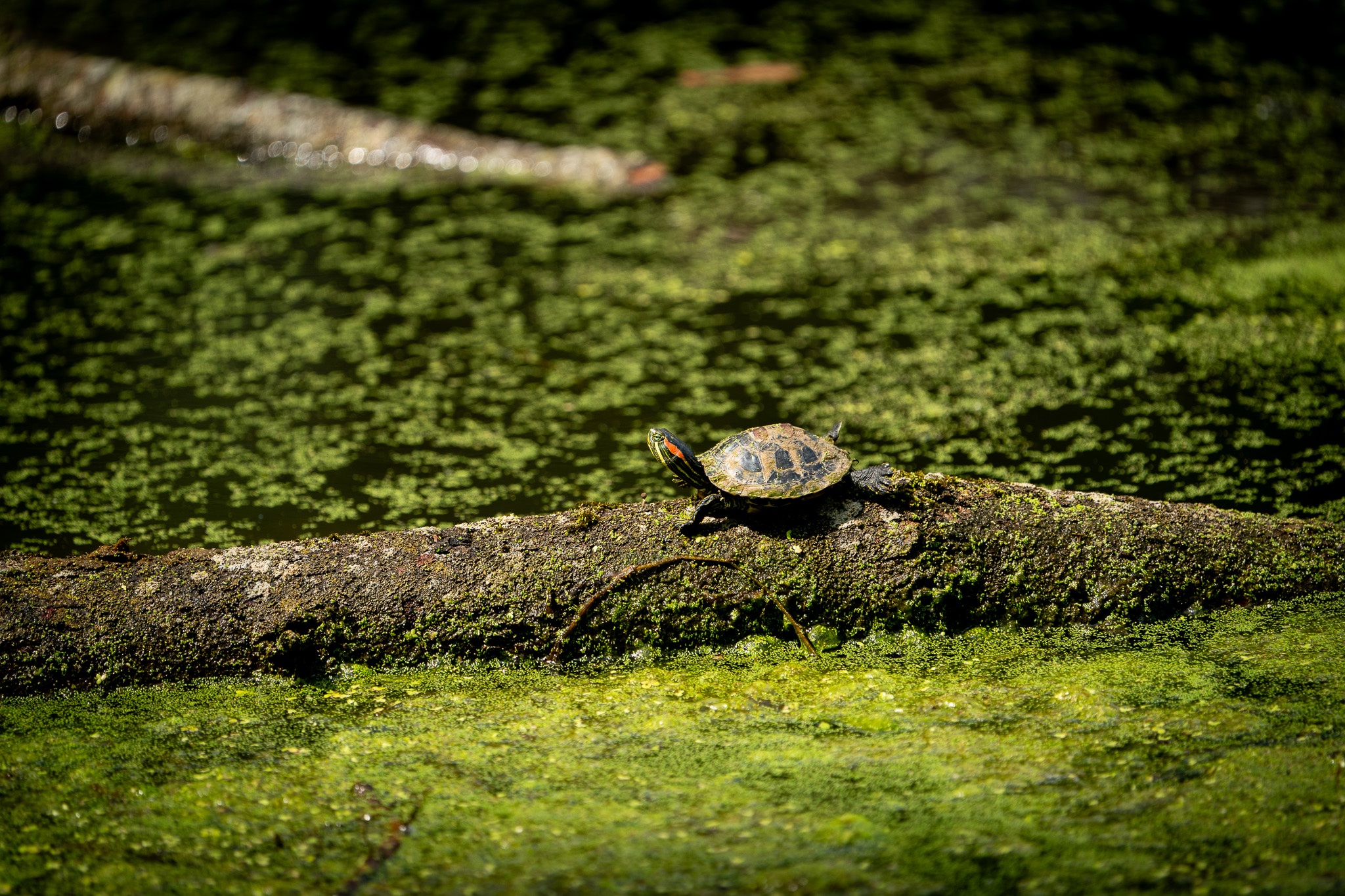UMBC Utilities Upgrade
- Baltimore
- Maryland
- United States
Ecological restoration helps a rapidly expanding university meet MS4 permit requirements while also enhancing campus habitat, beauty, and educational opportunities.
Since its opening in 1966, the University of Maryland, Baltimore County (UMBC) has expanded to become one of the nation’s fastest-growing research universities. The development of the University and its surrounding landscape, however, altered watershed hydrology and led to the degradation of the West Branch of Herbert Run, a tributary to the Patapsco River that flows through the campus. The stream had become severely eroded and disconnected from its floodplain. While contributing to the UMBC Institutional Master Plan several years earlier, Biohabitats identified its restoration as an opportunity to enhance habitat and opportunities for recreation and education while addressing requirements associated with the University’s MS4 permit.
As ecological experts on a utilities upgrade project team led by RMF Engineering, Biohabitats designed and supervised the construction of a project that restored more than 1,200 LF of stream. Biohabitats also helped the University procure a grant from the Chesapeake and Atlantic Coastal Bays Trust Fund to help implement the restoration.
The restoration included the retrofit of failing stormwater outfalls and features such as pedestrian access via trails and ADA access ramps. Biohabitats performed three years of post-construction monitoring to document progress function and ultimately success.
TAGS
-
Owner: University of Maryland Baltimore County Procurement
-
Bioregion: Chesapeake/Delaware Bays
-
Collaborators: RMF Engineering
